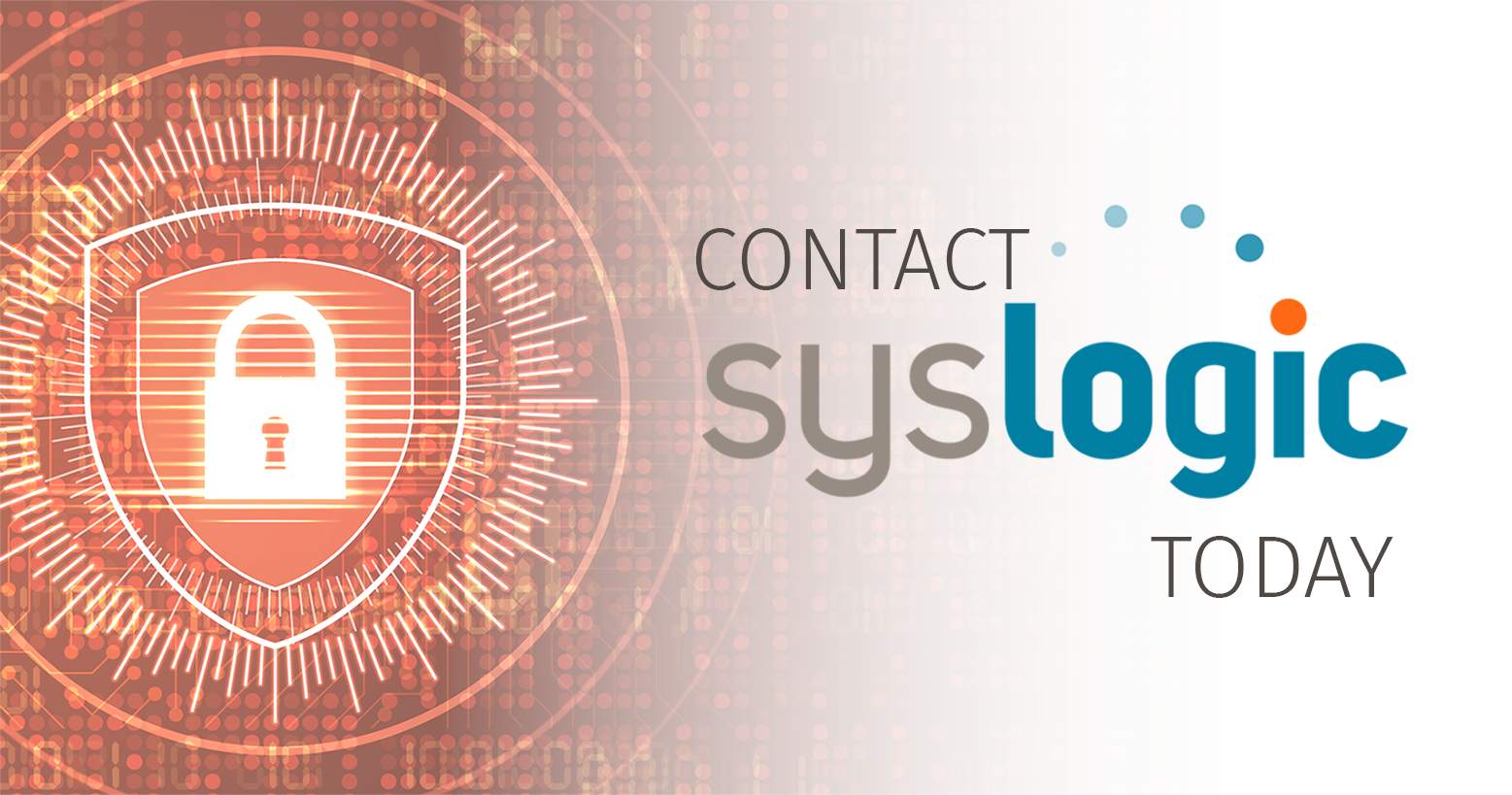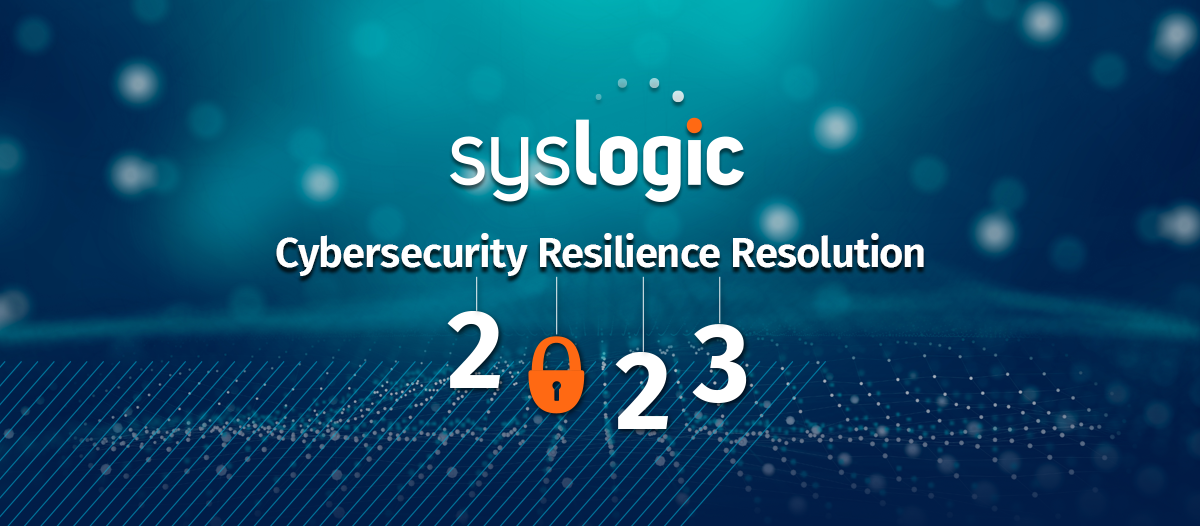While the expansion of IoT creates a nearly infinite web of interoperability, it comes with the potential threat of more cyberattacks due to the vast number of devices in the ecosystem.
Devices and applications are interconnected everywhere we look and throughout our entire day – at home, at work, at our favorite retail space, and more. How does all of this connect behind the scenes? Essentially, in an expansive “Internet of Things” – better known as IoT. These “things” (video cameras, retail scanners, kitchen appliances, fire alarms, doorbells, and cars, just to name just a few) leverage sensors, software, and technology to connect and exchange data over the internet for seamless communication and information sharing.
Connectivity is a key design aspect for most every new device and application in the market, and the numbers keep growing substantially. In fact, the total installed base of IoT connected devices worldwide is projected to reach 30.9 billion units by 2025, a sharp jump from 18.8 billion units that were expected in 2021. (Source: Statista)
While connectivity provides a higher level of interoperability that organizations and customers rely on, cybercriminals are also upping their game to find vulnerabilities across the spectrum of devices used around the world. There are three fundamental areas to protect as part of IoT:
- Device — Make sure the device cannot be tampered with. This includes ensuring all interfaces, both hardware and software, are secure. It’s also important to run pentests on the devices.
- Cloud — Ensure all data is secured as information is transmitted. This includes leveraging secure protocols, data encryption, and continuous monitoring.
- Application — Keep security top of mind throughout the software development process. This includes leveraging the right tools to identify and remediate any vulnerabilities.
Are you prioritizing cybersecurity?
As organizations strive to reach the go-to-market finish line, it is vitally important to make security a priority throughout the planning and development phases as well as the continued iterations. If security is overlooked, hackers are more likely to find vulnerabilities that could have been avoided early on. SysLogic’s Cybersecurity Team works with organizations around the world to ensure they have the best security practices and standards in place. Contact us today to learn how SysLogic can help you!

